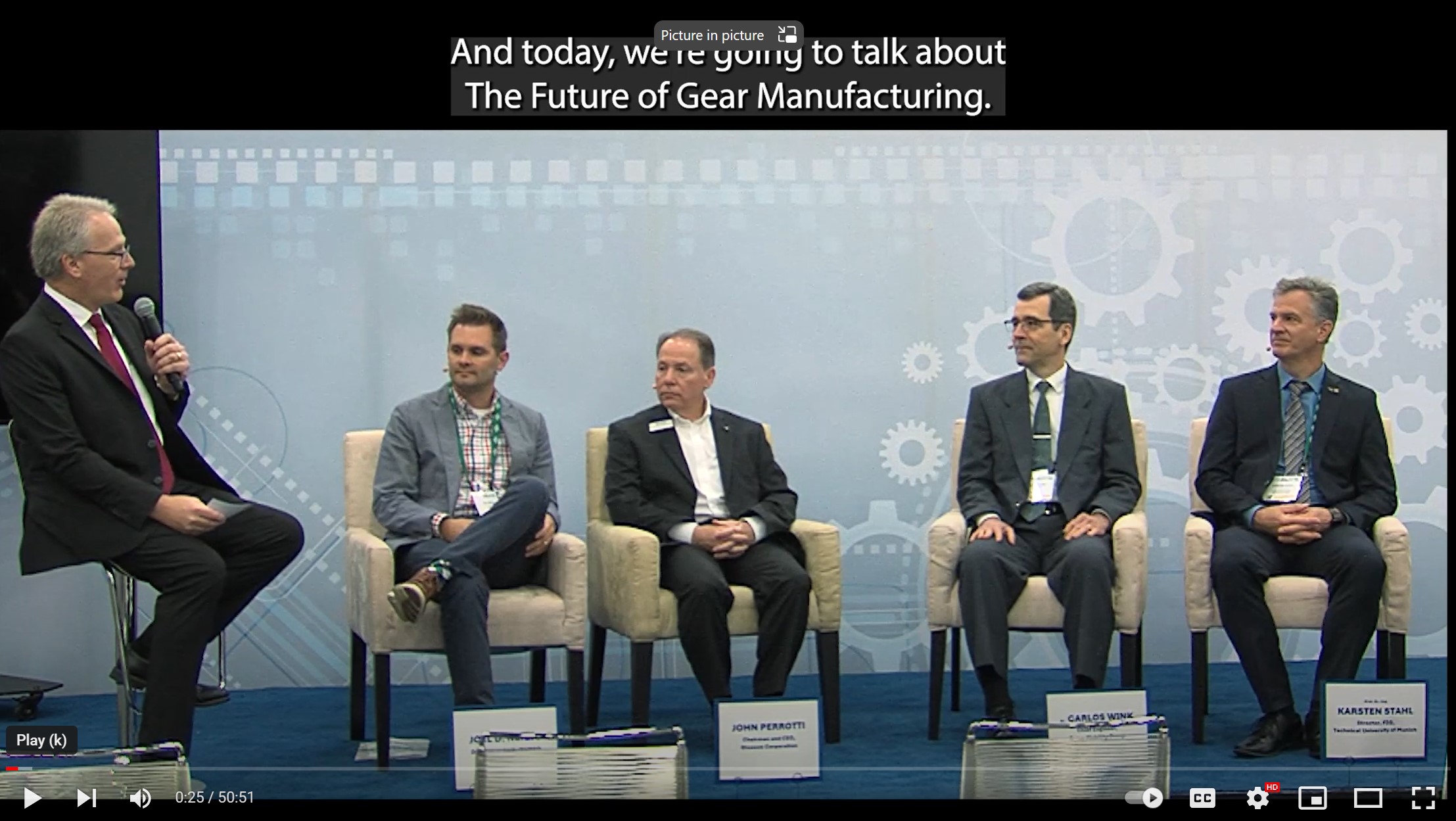Who Pays Your Salary

I just finished conducting annual reviews with our employees. About this time, I meet with each employee to review progress and goals from the past year, set new goals for the coming year and review the financial performance of the entire company.
These reviews are a useful opportunity to get feedback about what is working and what isn’t, from the employees’ perspectives. We ask for suggestions about what we and they could and should do better. Some of the best decisions we’ve implemented have come out of these meetings.
Of course, the employees are always interested to know whether they’ll be getting raises or bonuses—and if so, how much. But while conducting reviews this year, I found myself explaining the idea that their salaries, raises and bonuses really don’t come from the company—-or from a specific individual. They, we—-all of us—get our paychecks from our customers.
Of course, customers don’t come to us and buy our products and services because of their concern for our welfare or the welfare of our families. Customers come to us because they need our products or services to help them solve a problem or accomplish something they couldn’t do themselves. If we don’t provide these products and services to our customers, at prices they can afford, they will find suppliers that do.
In publishing, our first contacts are the advertisers. I need those companies to be successful using this product. To accomplish that, I spend a lot of time thinking about their customers (that would be you guys, the readers). If we didn’t have information of interest to you, the readers, and if we didn’t deliver the magazine to you, then our advertisers would have no economic reason to advertise.
Thinking about this concept, I started to wonder, Who really is the customer? The first reaction is that the customer is the company to whom we directly sell or ship our products. But in fact, the real customer may be farther down the line. Maybe it’s your customer’s customer who is the end user.
You can follow that line of reasoning until, eventually, you get back to individual consumers. You might not think Gear Technology has much to do with the average person, but in fact, it does. For example, our magazine sells advertising to a gear machine tool manufacturer. The machine tool manufacturer sells his products to an automobile transmission manufacturer. The transmission goes into an automobile that eventually ends up in a consumer’s driveway. And the chain might even become a circle if that consumer is one of my employees, or even me.
As a publisher, while my first concern is not individual automobile consumers, their wants and needs ultimately play a role in our decision-making process. For example, when we choose to run a technical article on gear noise, doesn’t it ultimately benefit the end consumer?
Ultimately, a business has to pay attention to his complete chain of customers, from the one who pays him directly to the one who ultimately uses the end product. Of course, the ones closest to us on the chain are the ones we have to pay the most attention to, but often we can best serve them by thinking down the chain to the next level.
In our annual reviews, I encouraged each of my employees to think about our customers and how we can better serve them and to consider new ways to make our customers more successful with our products.
But this isn’t an exercise just for publishers. The idea holds true in many businesses, including gear manufacturing.
So, who really is your customer? How can you make him more successful with your products? How far down the chain are you thinking? Have you thought about your customer’s customer lately? If not, I encourage you to do so. After all, it’s not your boss who pays your salary or who decides if you get a raise. Ultimately, it’s the customer who does. Concentrate on making him successful with your products and services, and everyone benefits.

Michael Goldstein,
Publisher & Editor-in-Chief







